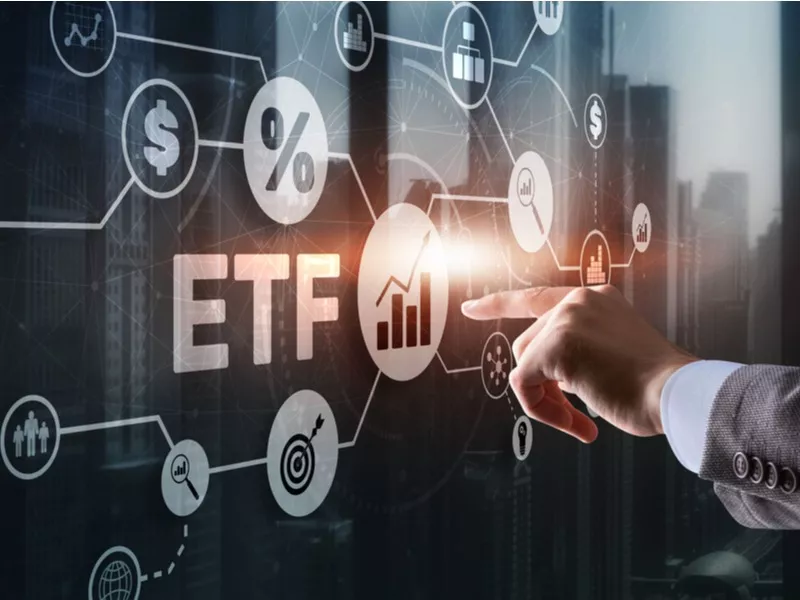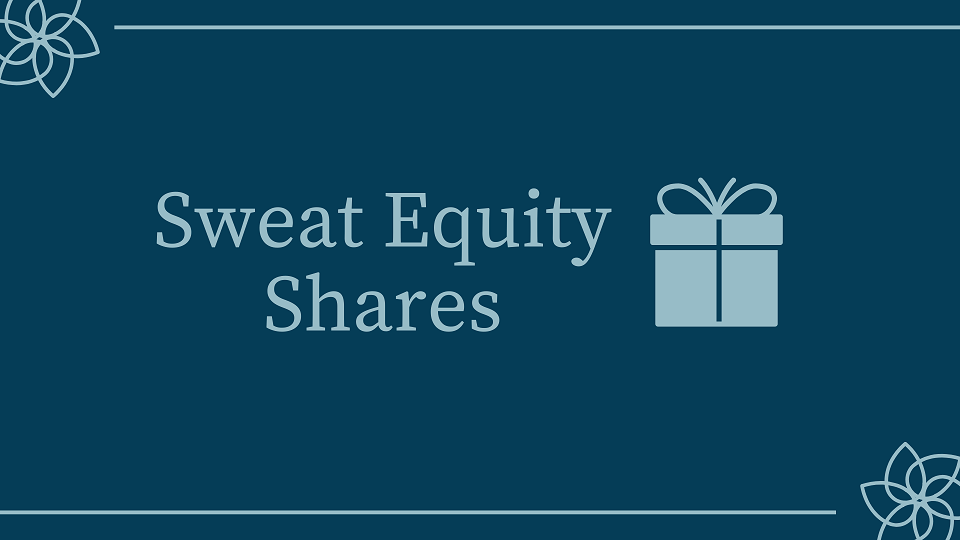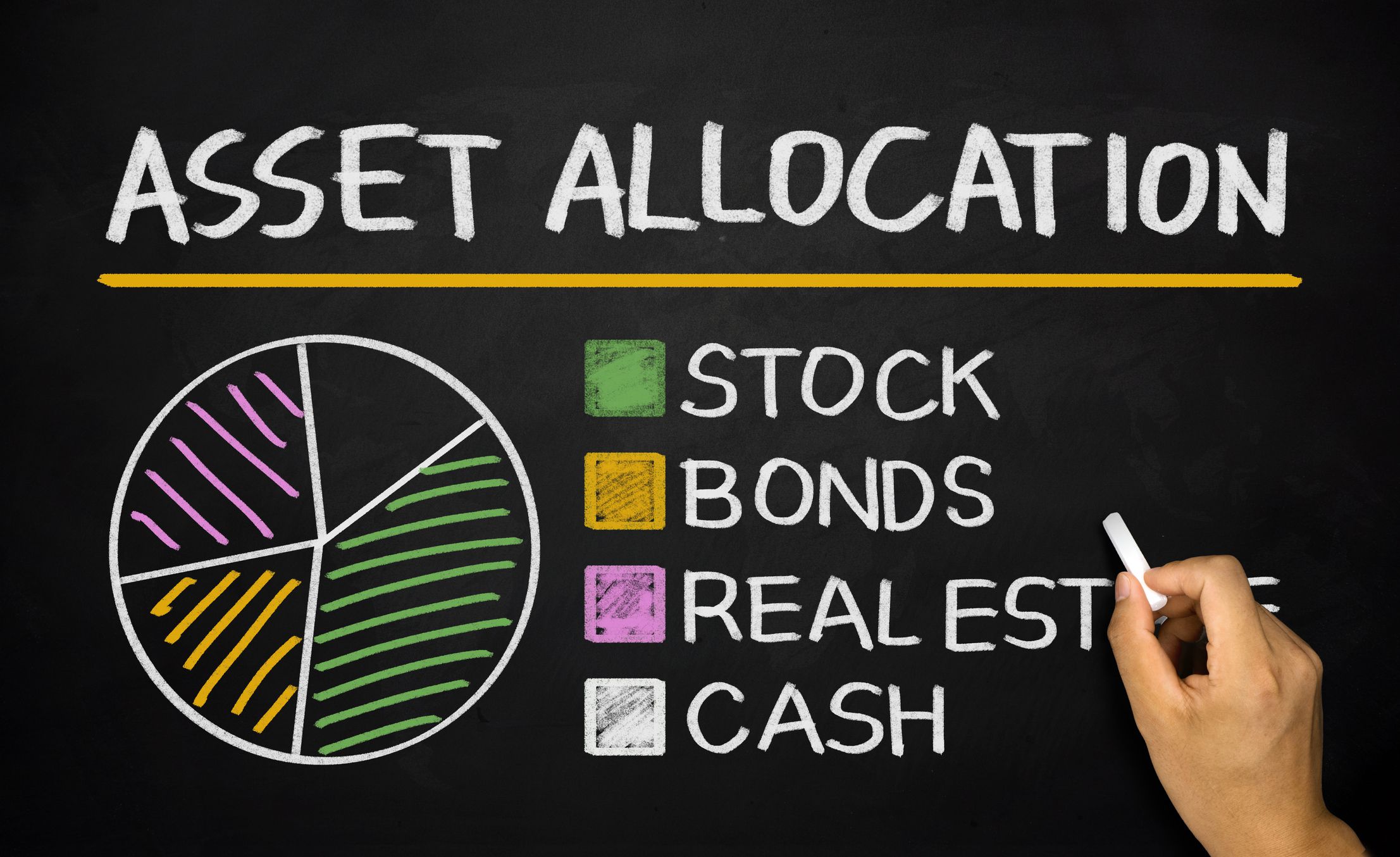Introduction
Exchange traded Funds (ETF) are on a similar note, a mutual fund which is a pooled investment security traded on exchanges similar to a regular stock. An ETF is a marketable security, meaning it has a share price that allows it to be easily bought and sold on exchanges throughout the day, and it can be sold short.
An ETF holds assets such as stocks, bonds, currencies, futures contracts, and/or commodities such as gold bars, and generally operates with an arbitrage mechanism designed to keep it trading close to its net asset value, although deviations can occasionally occur. Most ETFs are index funds: that is, they hold the same securities in the same proportions as a certain stock market index or bond market index.
An ETF divides ownership of itself into shares that are held by shareholders. The details of the structure (such as a corporation or trust) will vary by country, and even within one country there may be multiple possible structures. ETFs may be attractive as investments because of their low costs, tax efficiency, and tradability.
Closed-end funds are not considered to be ETFs, even though they are funds and are traded on an exchange. Exchange-traded notes are debt instruments that are not exchange-traded funds.
Types of ETFs
Index-Based ETFs
Most ETFs trading in the marketplace are index-based ETFs. These ETFs seek to track a securities index like the S&P 500 stock index and generally invest primarily in the component securities of the index. For example, the SPDR, or “spider” ETF, which seeks to track the S&P 500 stock index, invests in most or all of the equity securities contained in the S&P 500 stock index. Some, but not all, ETFs may post their holdings on their websites on a daily basis.
Actively Managed ETFs
Actively managed ETFs are not based on an index. Instead, they seek to achieve a stated investment objective by investing in a portfolio of stocks, bonds, and other assets. Unlike with an index-based ETF, an adviser of an actively managed ETF may actively buy or sell components in the portfolio on a daily basis without regard to conformity with an index.
Dividend ETF
A dividend exchange-traded fund (ETF) is an investment asset that owns shares of companies with high-paying dividends. In essence, this allows you to invest in several high-yield companies at once. When choosing a dividend ETF, you’ll want to pay attention to its yield, growth, and durability.
Index ETF
Index ETFs are the most common of all ETF product offerings. It aims to track a particular market index like Sensex, Nifty, BSE 100, Nifty 100 etc. Index ETFs invest in a basket of stocks which replicate the Index the ETF aims to track. When investing in an Index ETF you should expect to get the index returns which your ETF is tracking, nothing more or nothing less.
Bank ETF
Bank ETFs invests in a basket of banking stocks listed on the stock exchanges.
International ETF
An International ETF invests mainly in foreign based securities. These ETFs may track global markets or track a country-specific benchmark index. These ETFs can be a good investment option if you want to diversify your investments into foreign securities.
Liquid ETF
Liquid ETFs invest in a basket of short term Government securities, call money or money market instruments of short term maturities. The objective of liquid ETFs is to enhance returns and reduce price risk.
ETF vs. Stock: The Differences
Aside from the fact that both ETFs and stocks have high liquidity, there are some major differences between the two types of securities. Here are the most important differences that you need to know.
1. Number of Shares
When a company issues stocks, only a fixed number of shares are issued. The number of shares doesn’t change very often, save for the occasional stock buyback or stock split—but those are rare occurrences.
ETFs, on the other hand, attempt to accurately match the average share price of the stocks included in the fund (called the “net asset value”). To do this, the ETF uses a process called “creation and redemption.” Essentially, the ETF adjusts the number of shares in the fund to lower or raise the value.
So how exactly does that affect investors? It makes it more difficult—in theory—to outperform the market with an ETF than with individual stocks.
2. ETFs Can Provide Diversification
Most investors want to create a diverse investment portfolio, which means they’ve invested in a variety of different assets. For example, a diverse investment portfolio might include stocks, bonds, mutual funds, and real estate. Diversification is helpful because it lessens the chance that a downward swing in one particular sector will destroy your investment earnings.
Some types of ETFs can provide you with a substantial amount of diversity. Specifically, the ETFs that contain stocks from a variety of different industries (for instance, an index ETF representing the S&P 500).
Not all ETFs will provide you with diversity. Like those representing only a single industry, highly focused ETFs may only provide as much diversification as an individual stock.
Conclusion
A stock entitles an investor to a share of a company’s profits, while an exchange-traded fund (ETF) gives investors a share of a large basket of stocks. Both stocks and ETFs provide investors with dividends, and each is traded during the day on stock exchanges. Individual stocks are much riskier but can yield higher returns. ETFs are relatively low risk and provide stable, if less profitable, returns.




